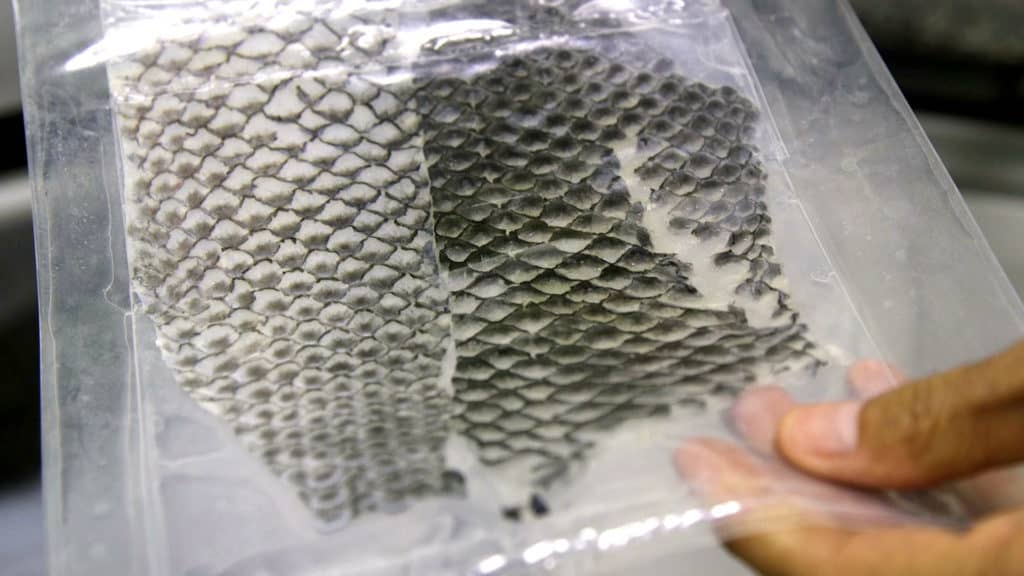
In some developing countries, the skin of animals has often been used on patients with severe burns because they lack the skin resources that are more widely available in developed nations, like the U.S. In Brazil, there are a mere 3 functional skin banks in the entire country, which meet only 1 percent of the demand for skin for burn victims.
Typically, human skin, pig skin, and artificial alternatives are used in the treatment for victims, but with so few resources in Brazil, doctors have been forced to go with the more painful approach, instead using cream and gauze on the wounds. With this method, the gauze must be unwrapped and changed every single day, which is extremely painful for the patients, who are often seen writhing and screaming in pain.
What’s worse is that the cream and gauze only help keep the wound clean; Dr. Jeanne Lee, interim burn director at the the regional burn center at the University of California at San Diego, said that this method doesn’t necessarily help the burns in the healing process nor does it remove nonliving tissue from the wound like skin alternatives do. It’s the only option that they’ve had—until now.

Treated as trash prior to this discovery, tilapia skin is now being turned to when treating burn victims. In an effort to find an alternative that is easy to source in the South American country, researchers looked to tilapia, which is widely farmed in Brazil and whose skin is normally thrown out. When first testing the skin to determine if it would do the job well, researchers were shocked to find that tilapia skin met all of the criteria better than they ever imagined.
“We got a great surprise when we saw that the amount of collagen proteins, types 1 and 3, which are very important for scarring, exist in large quantities in tilapia skin, even more than in human skin and other skins,” said Dr. Edmar Maciel, a plastic surgeon and burn specialist leading the clinical trials for this new method. “Another factor we discovered is that the amount of tension, of resistance in tilapia skin is much greater than in human skin. Also the amount of moisture.”
Patients with superficial second-degree burns are able to benefit from this new method, and the tilapia skin can be left on the victim for the entirety of the healing process without being changed. For patients with deep second-degree burns that need several weeks of treatment, the tilapia skin must be changed a few times, which is still far better than being changed everyday. The skin also cuts down the healing time by several days and overall inflicts less pain on the patients.

“After they put on the tilapia skin, it really relieved the pain,” said Antônio dos Santos, a fisherman who sustained burns on his whole right arm after a gas canister on his boat exploded. “I thought it was really interesting that something like this could work.”
The skins must first be sterilized and cleared of all viruses prior to being used as a treatment, but after this process they can be packed and refrigerated for up to two years. Since the tilapia skin is in such abundance in Brazil, this will likely be a viable alternative that’s used nationwide and will likely spread to other countries as well.
The use of the tilapia skin is still in the clinical trial phase, as researchers must conduct histological studies on different types of skins and also determine if this is cost-effective. Once this phase is completed, they hope to make the skins available to the public health system.
Would you allow tilapia skin to be used on your burns? Please share, like, and comment on this article!


